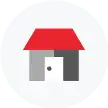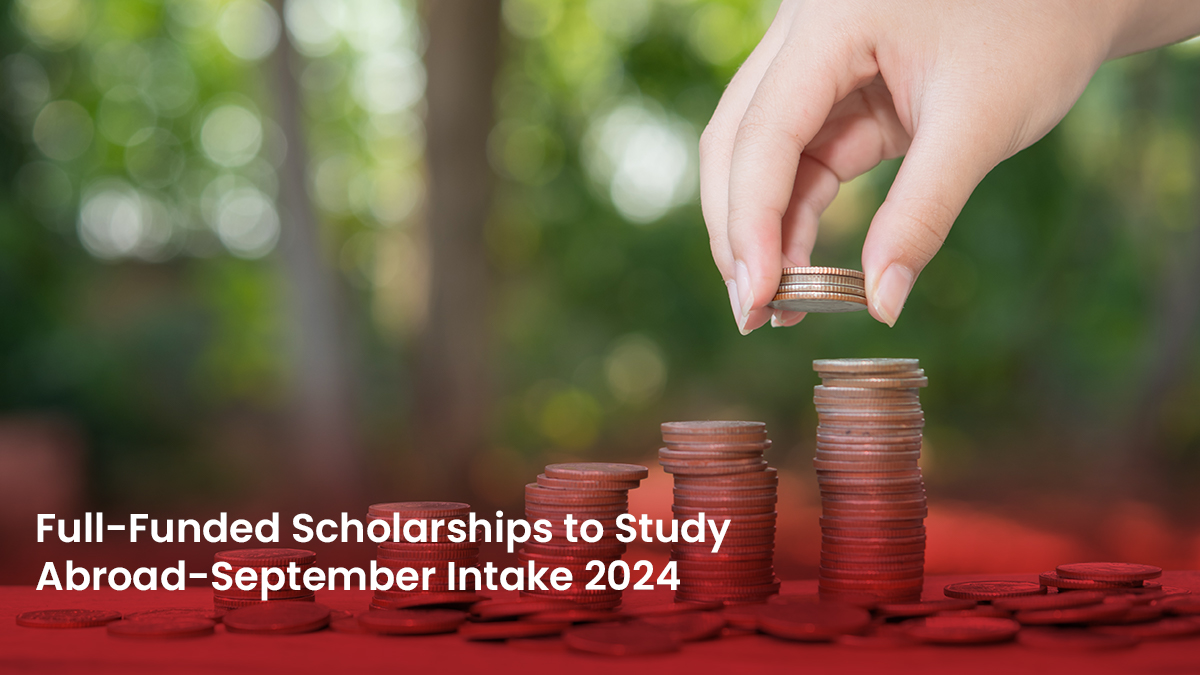India and Australia have been working toward boosting their ties across sectors such as business, trade, tourism, investment, renewable energy, health care, and higher education in the last few years.
As both countries battle past the challenges posed by COVID-19, they are well aware that certain sectors including higher education can pave the way for better growth and recovery for the two economies.
In an effort to work in this direction, Australian Minister for Education and Youth Alan Tudge and India’s Education Minister Dharmendra Pradhan, on Oct. 5, agreed to reinforce and nurture the growing Australia-India partnership in higher education. The focus areas discussed were two-way movement of students, faculty exchanges, applied research, and other mutually important areas.
Pradhan noted that India’s National Education Policy 2020 will contribute in many ways when it comes to steering youth aspirations and helping Indian education achieve internationalization. Higher education and the skills sectors can open doors to greater cooperation between the two nations, he said.
He highlighted the challenges faced by Indian students unable to travel or return to Australia to join universities there. Tudge assured his Indian counterpart that his country is taking steps to simplify the return of Indian students to Australia. He added that India is a key partner when it comes to supporting Australia-bound students.
With the Australian Prime Minister Scott Morrison recently announcing that the country has recognized Covishield and Sinovac vaccines, meaning it will make travel easier for international students, including Indians, Australia’s economy is expected to revive gradually once students get there.
The country lost $10 billion in the last year with its international education industry contributing $30 billion to the economy. This is much lower than a high of $40 billion in 2019. This drop is largely due to the travel restrictions, recent lockdowns to curb the delta variant, and the country’s plans to achieve its vaccination targets before allowing any letups. According to the Australian government data, the country lost out on close to 100,000 international students in the last year.
In 2020, India was among Australia’s most important trading partners. It was the sixth-largest export market, with international education as one of the key drivers. As per India’s Ministry of External Affairs, around 92,383 students are currently enrolled in Australian universities.
As per the country’s Department of Foreign Affairs and Trade, Australian universities have several opportunities to establish their brand in India through joint partnerships and twinning programs. Some of Australia’s top universities such as Deakin University and Monash University have already been working on this front.
However, when it comes to recognition of Australian degrees and qualifications such as the three-year bachelor’s degree, postgraduate degree of less than two years, and qualifications obtained through a technical and vocational education and training pathway, both countries need to work toward finding ways to mutually support each other.
Post-study work policies and rights are another key aspect of attracting Indian students to Australia and the Morrison government is well aware of that. An important aspect for graduate students, this is usually between two and four years, depending on a student’s qualification.
To keep Australia among the preferred destinations among international students, the Morrison government brought in crucial changes to the student visa policies.
These included allowing foreign students to apply for a further student visa application free of charge, if they fail to finish their education within their original visa validity.
Students stuck in their home countries and studying online were able to make that count toward the Australian study requirement for a post-study work visa.
However, the main focus for both governments is to ensure seamless student mobility in the coming months.















































